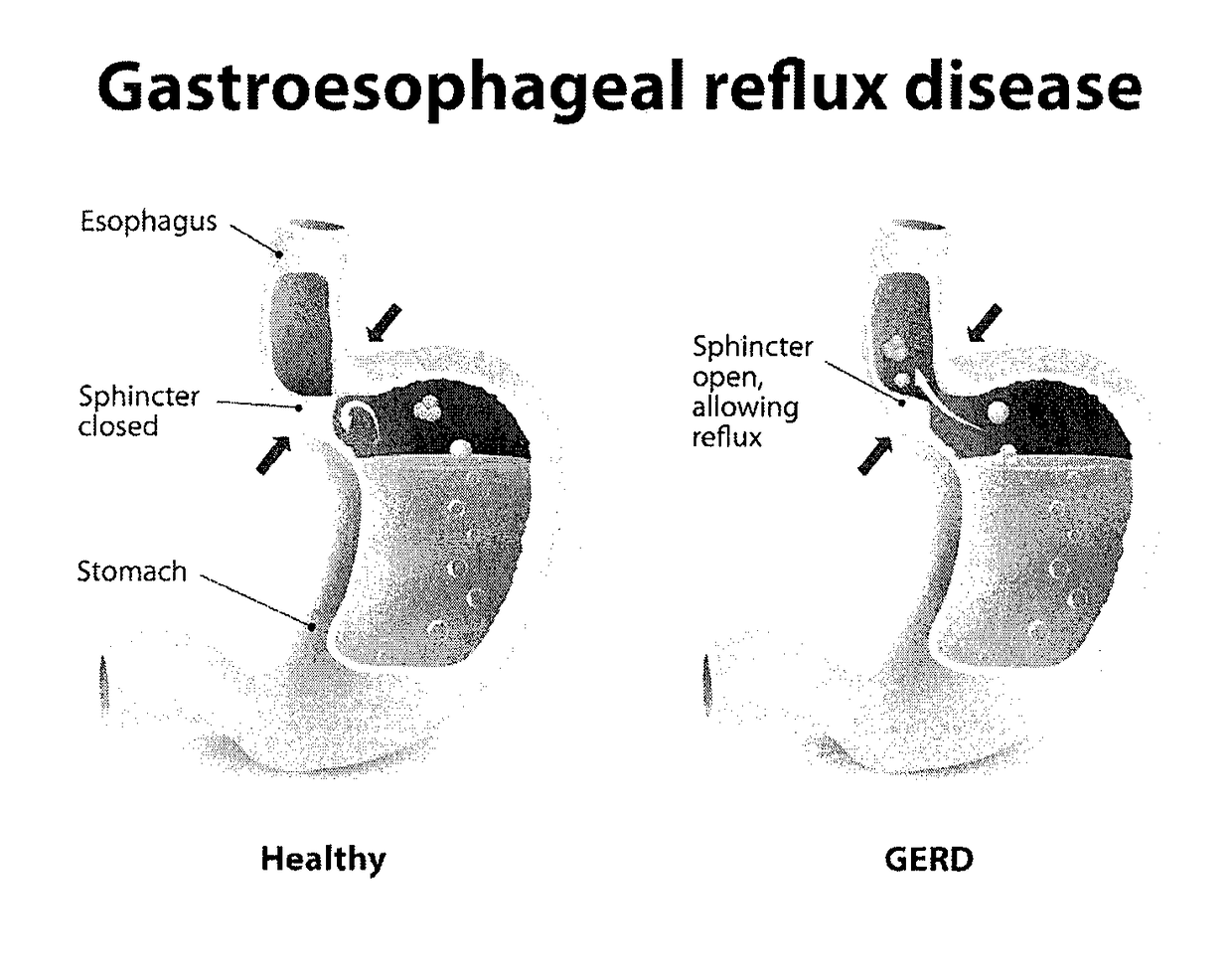Method and system for reducing the likelihood of colorectal cancer in a human being
a colorectal cancer and human body technology, applied in the field of colorectal cancer probability reduction and human body probability reduction, can solve the problems of more acid production than, inability to cure reflux problems, and more susceptible, so as to improve the resistance of a pathogen to disease, facilitate the control of h, and potent phytocide
- Summary
- Abstract
- Description
- Claims
- Application Information
AI Technical Summary
Benefits of technology
Problems solved by technology
Method used
Image
Examples
Embodiment Construction
[0042]In various embodiments of the present invention, bacterial species to be exposed to a person's gut microbiome, include those specifically modified by employing the CRISPR-Cas and CRISPR-Cpf1 systems to render the virulence factors of various bacteria ineffective. CRISPR (Clustered Regularly Interspaced Short Palindromic Repeats) is a prokaryotic adaptive defense system that provides resistance against alien replicons such as viruses and plasmids. CRISPRs evolved in bacteria as an adaptive immune system to defend against viral attack. Upon exposure to a virus, short segments of viral DNA are integrated into the CRISPR locus. RNA is transcribed from a portion of the CRISPR locus that includes the viral sequence. That RNA, which contains sequence complimentary to the viral genome, mediates targeting of a Cas9 protein to a target sequence in the viral genome. The Cas9 protein cleaves and thereby silences the viral target. In preferred embodiments, rather than using CRISPR-Cas, one...
PUM
| Property | Measurement | Unit |
|---|---|---|
| weight | aaaaa | aaaaa |
| weight | aaaaa | aaaaa |
| pH | aaaaa | aaaaa |
Abstract
Description
Claims
Application Information
 Login to View More
Login to View More - R&D
- Intellectual Property
- Life Sciences
- Materials
- Tech Scout
- Unparalleled Data Quality
- Higher Quality Content
- 60% Fewer Hallucinations
Browse by: Latest US Patents, China's latest patents, Technical Efficacy Thesaurus, Application Domain, Technology Topic, Popular Technical Reports.
© 2025 PatSnap. All rights reserved.Legal|Privacy policy|Modern Slavery Act Transparency Statement|Sitemap|About US| Contact US: help@patsnap.com

